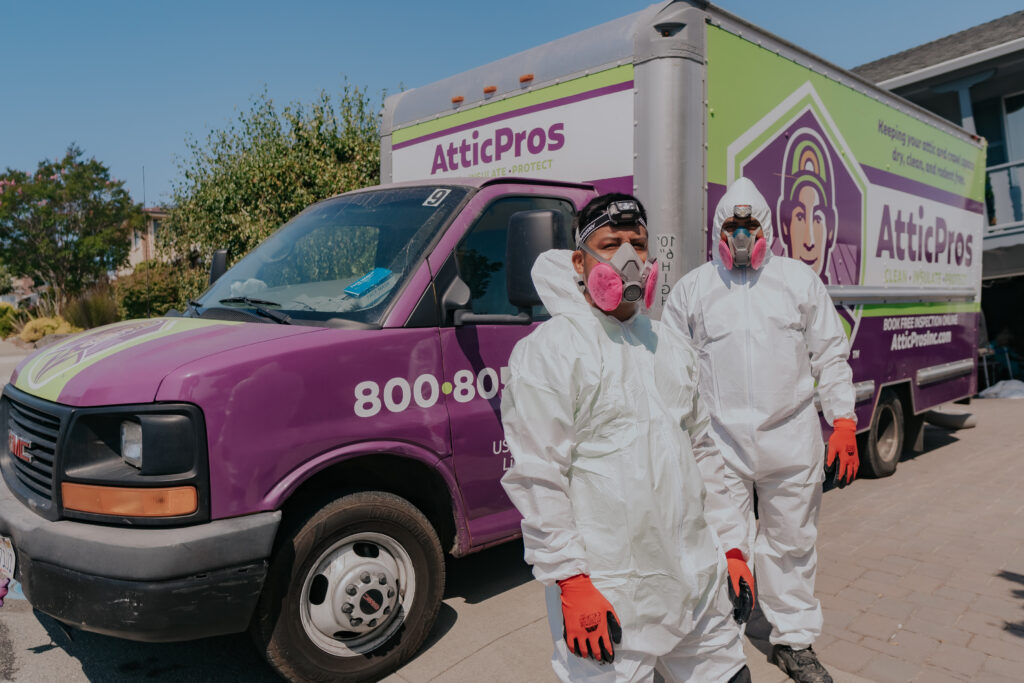The Importance of Proper Drainage for Pest Control
Proper drainage is crucial for protecting your home from both water damage and pest infestations. Without a functioning drainage system, your property becomes a prime breeding ground for pests such as mosquitoes, termites, rodents, and more. Water pooling near your foundation can attract these invaders, leading to costly structural damage and health hazards.
Let’s dive into how poor drainage invites pests into your home and how you can fix it to ensure long-term protection.
Why Poor Drainage Attracts Pests
When drainage systems fail or water collects near your home, it creates a perfect environment for pests to thrive. Here’s how poor drainage encourages infestations:
- Mosquitoes: Standing water is an ideal breeding ground for mosquitoes, making it a problem for your entire yard.
- Cockroaches and Ants: These pests love moisture and will infest areas like basements, crawl spaces, and kitchens, especially near drains.
- Rodents: Mice and rats thrive in wet, sheltered areas, such as clogged gutters or flooded crawl spaces, where they build nests.
- Termites and Carpenter Ants: Moisture weakens wood, providing a perfect habitat for termites and carpenter ants to feed on and damage your home’s structure.
Even if you can’t see the water, moisture can hide behind walls or under floors, attracting pests that you won’t notice until the problem worsens.
Signs Your Drainage Is Causing Pest Problems
If your home is showing any of these signs, it may already be suffering from the effects of poor drainage and pest problems:
- Water Pooling: Water accumulating near your foundation after rain or snow due to poor surface drainage.
- Overflowing Gutters: Clogged gutters that overflow and saturate the surrounding areas.
- Musty Odors: Foul smells in your basement, crawl space, or utility rooms, indicating mold growth.
- Increased Pest Activity: Ants, cockroaches, or rodents near drains or wet areas.
- Mold Growth: Mold or mildew spots on walls or ceilings, suggesting excess water in your home.
- Pest Droppings: Signs of rodents or insects in damp areas of your home.
Early detection is key to preventing further damage and pest spread.
How to Fix Drainage and Stop Infestations
Correcting drainage problems doesn’t just protect your foundation—it’s a highly effective pest control method. Here’s how to tackle drainage issues and prevent water damage risks:
- Regrade Landscaping
- Ensure the soil slopes away from your home to prevent water from pooling around the foundation.
- Add or reshape soil near the foundation.
- Install swales or berms to redirect water runoff.
- Clean and Extend Gutters and Downspouts
- Clogged gutters are a leading cause of water damage and pest attraction.
- Clean gutters at least twice a year to remove water and prevent water source issues.
- Use downspout extenders to move water 6–10 feet away from your foundation.
- Install French Drains or Dry Wells
- For persistent water issues, consider installing an underground drainage system to remove excess water safely.
- French drains are effective for homes with poor soil drainage or heavy rainfall, preventing standing water and minimizing health risks.
- Seal Entry Points and Cracks
- Sealing cracks helps prevent water and pests from entering your home.
- Use caulk, steel mesh, or weatherproof sealant around windows, doors, and the foundation.
- Check utility lines and pipes for gaps.
- Use Dehumidifiers and Vapor Barriers
- These tools help keep moisture in check inside your home, preventing mold growth and health hazards.
- Place dehumidifiers in basements and crawl spaces to reduce humidity.
- Install vapor barriers in crawl spaces to block moisture from the ground.
- Maintain Appliances and Plumbing
- Regular maintenance helps prevent hidden leaks that attract pests and cause structural damage.
- Inspect seals, gaskets, and supply lines in sinks, washing machines, and HVAC units.
- Address leaks promptly before they cause more damage.
Bonus Tip: Eliminate Attractants
To further discourage pests, take these steps:
- Store trash in sealed bins.
- Avoid leaving pet water bowls near entry points.
- Keep firewood and compost piles away from your home’s exterior.
- Trim shrubs and trees regularly to maintain a clean, dry perimeter.
When to Call a Professional
While some drainage fixes are manageable on your own, some issues may require professional help. If you encounter any of these situations, it’s time to call an expert:
- Chronic Flooding: Persistent water pooling around your foundation.
- Foundation Cracks: Structural damage that exacerbates water entry and pest problems.
- Signs of Infestations: Rodents, termites, or moisture problems despite your efforts.
Professionals can inspect your drainage system, redesign it, and offer long-term solutions to keep your home safe from both water damage and pests.
Final Thoughts
Proper drainage is essential for maintaining a pest-free and structurally sound home. By addressing water accumulation and improving your drainage system, you can eliminate the environment that pests thrive in and protect your home from costly damage. Smart landscaping, regular maintenance, and moisture control are your first line of defense.
🌧️ Don’t wait for pests to invade. Take control of your drainage system today to protect your home and enjoy a dry, healthy living environment. 🌿

